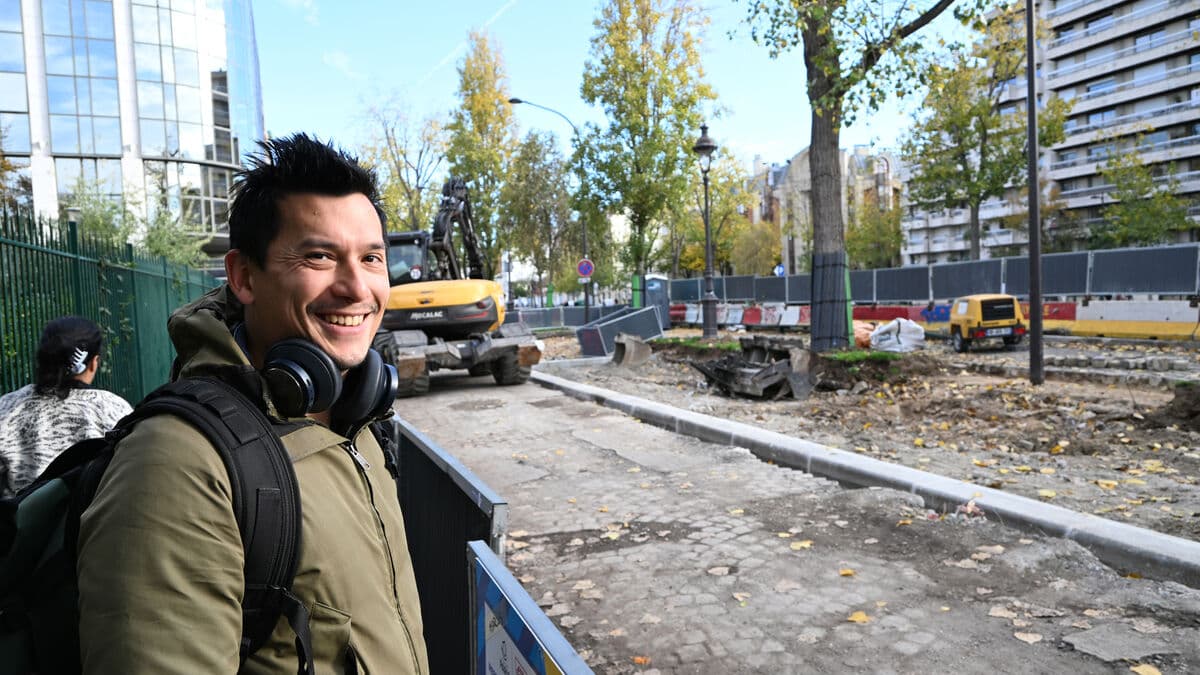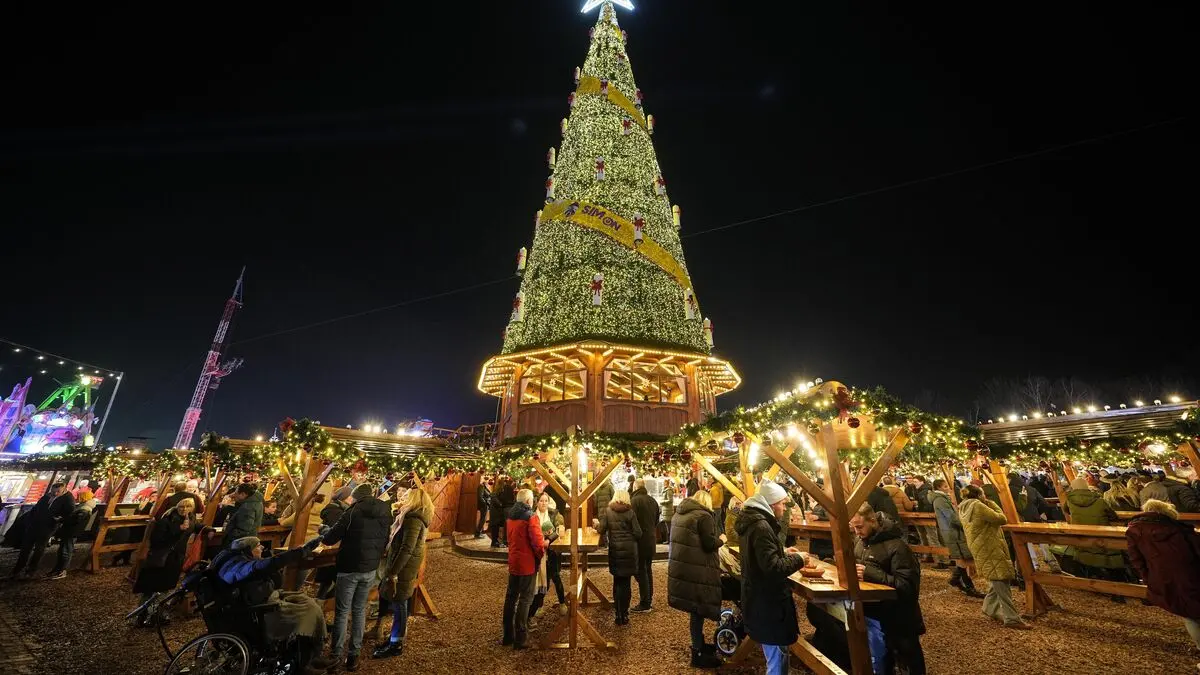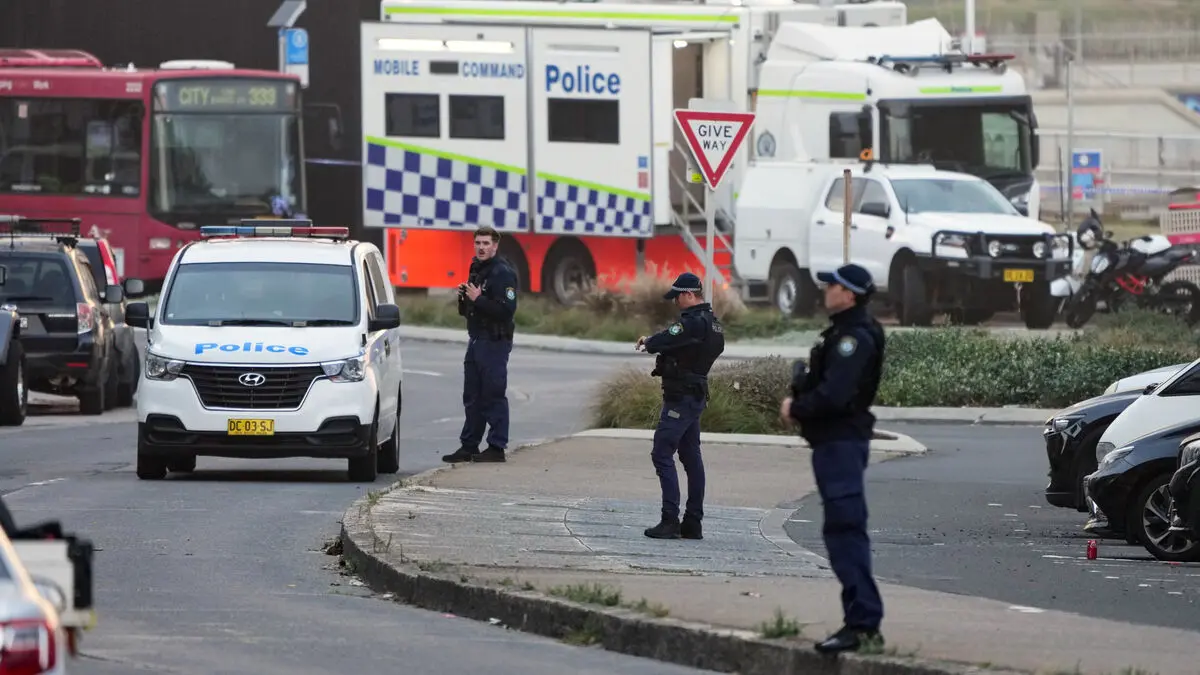Melting asphalt, air conditioning failing, mobile phone systems and railways becoming unusable. When the temperature in the European metropolis of Paris rises to 50 degrees, this is probably what awaits.
According to research, Europe is warming twice as fast as the global average – and in Paris, the extreme heat is palpable. In July this year, schools were closed because safety could not be guaranteed when temperatures climbed to 40 degrees. Paris also has a higher excess mortality due to heat than other cities in Europe, according to a 2023 Lancet study . The worst affected are the elderly.
Political consensus
In addition to a direct threat to health, extreme heat has other effects.
When schools are forced to close, the children's parents have to stay home from work, which affects a number of other functions in society, says Alexandre Florentin, who has a background as an environmental engineer and sits on the Paris city council for the Greens.
Right now we have broad political support for change, but there are elections this spring, so we'll see, he says.
Paris has undergone a series of extensive changes in recent years. Anne Hidalgo, the city's mayor since 2014, has made green transition a priority issue and is praised by many as crucial to the work. It is about both reducing emissions and creating conditions for living in the city at high temperatures. There is digging and planting. The number of cycle paths is increasing.
"Here it will be what some call an urban forest. I would perhaps call it more like some bushes," says Alexandre Florentin with a wry smile at Place du Colonel-Fabien.
Swimming areas and parks
The urban forests are part of the plan to provide cooling and sequester carbon dioxide. Over 25,000 trees were planted ahead of the 2024 Olympics. Another part is to improve water quality and provide public bathing areas in the Seine River so Parisians can cool off.
Sustainability is also about the social. Being able to easily get to and from shops, healthcare and entertainment without having to sit in the car for an hour, says Catherine Gall, head of a research lab at the Sorbonne business school IAE.
Her group researches how cities and communities can be organized and planned to be sustainable from many aspects. She talks about what is called the 15-minute city, where it should be possible to easily get to things like shops and schools on foot or by bike. She highlights Batignolles, an area in Paris with old industrial buildings and abandoned railway tracks that is now a park.
What benefits the climate benefits people, it benefits physical and mental health, and now decision-makers seem to be starting to understand that.
Parisians have also sworn off the change. Critics say car-free zones and the removal of parking spaces have been implemented too quickly and without sufficient dialogue, and that the measures hit commuters and drivers with relatively low incomes hardest.
But my view is that it changes as soon as the neighborhoods become more vibrant, it benefits everyone. But it is crucial to have a local presence and to ask those who live and visit here about their needs. And that there is a plan for how we will manage and take care of what we plant. That is one of the issues I am pursuing now, no one wants half-dead trees and plants, says Alexandre Florentin.
The first version was adopted in 2007, the current plan in 2018.
The aim is to make Paris climate neutral and resilient to climate change.
The goals include eliminating all local greenhouse gas emissions by 2050.
Actions:
Energy efficiency of buildings.
Significantly reduced car traffic – more bicycles, pedestrian paths and public transport.
Major investments in solar energy and local energy production.
More trees and green spaces to cope with heat waves and torrential rain.
Carbon offset for remaining emissions.
Results so far:
Emissions in Paris decreased by 25 percent between 2004 and 2018.
The city's carbon footprint has decreased by approximately 20 percent.
A concept in urban planning that is based on the idea that in a city it should be possible to reach various basic needs on foot or by bicycle in about 15 minutes. These could be shops, work, school, healthcare, libraries and cinemas.
The concept has been further developed by Carlos Moreno and is used in various types of urban planning. The concept is also used further and researchers have developed models for what types of services a person needs to be close to in different phases of life. There are also concepts such as the 30-minute region.
The theory is that this will reduce long commuting distances and create liveable cities, promote physical and mental health while reducing climate impact.





